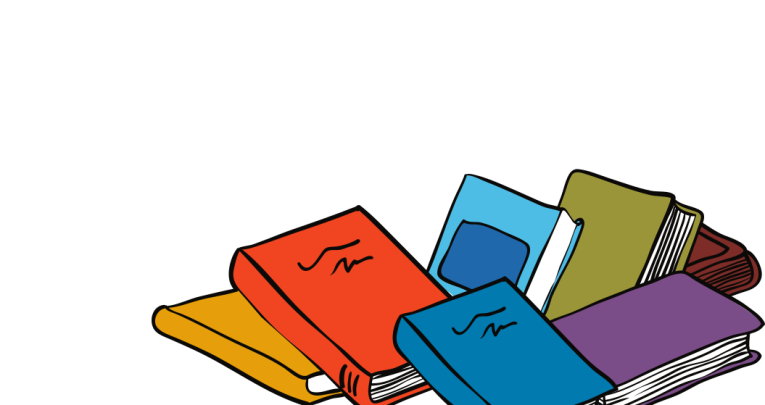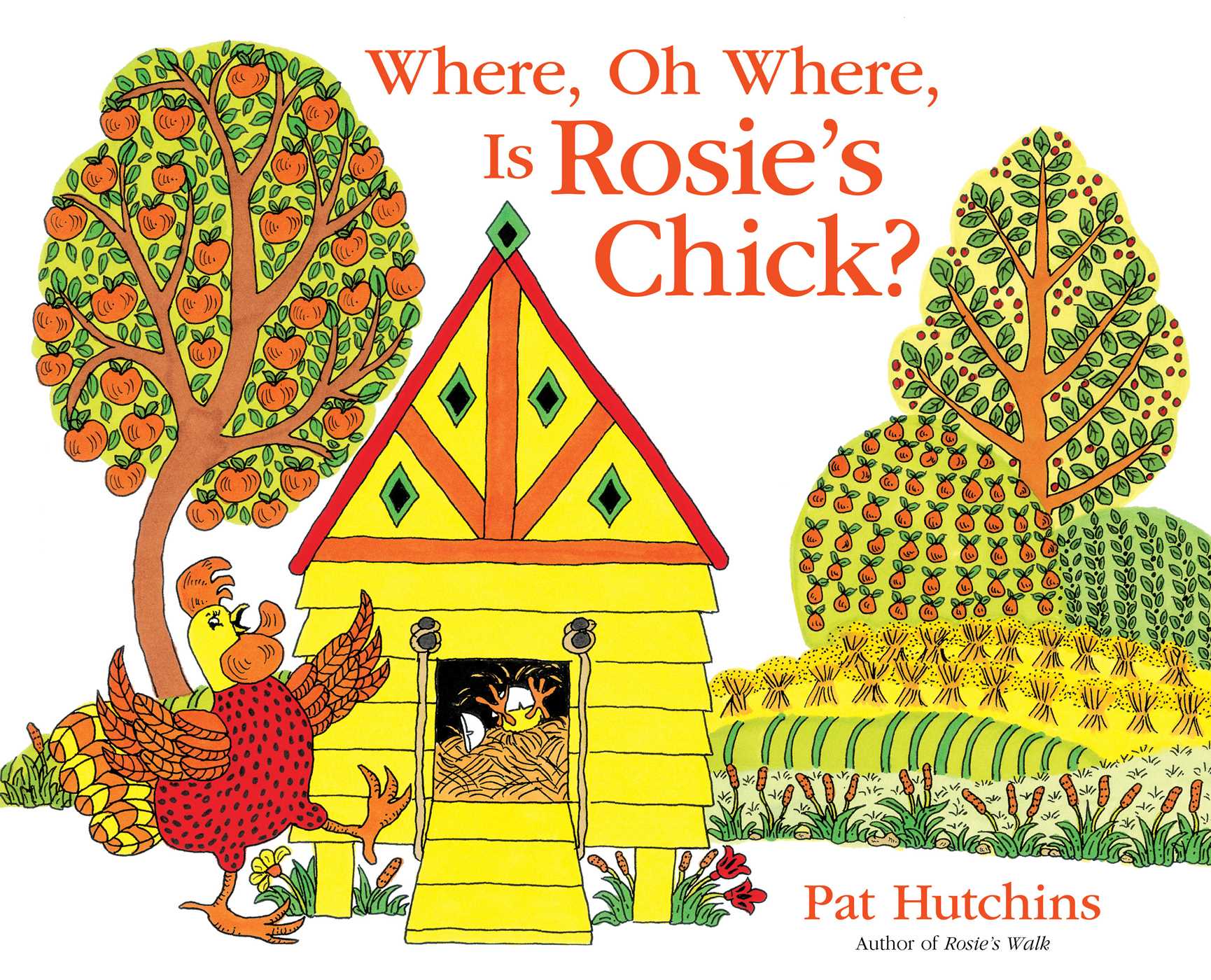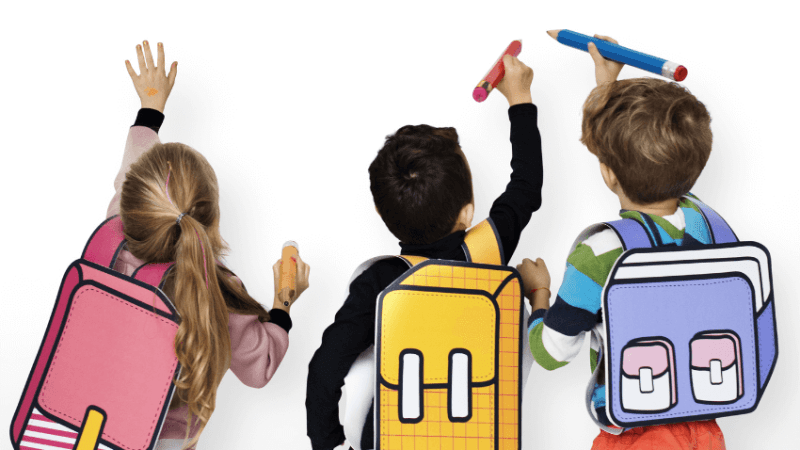12 Ideas For Early Learning Through Picturebooks

Hilary White looks at how you can use Odd Dog Out, Oi Frog!, Where, Oh Where is Rosie's Chick? and The Bear Who Stared in your setting

- by Hilary White
- Former nursery and primary teacher, freelance writer and consultant

Be happy – make a book of smiles!
In this latest helping of picturebook-inspired learning activities, Hilary White also recommends exploring eggshells, talking about transport and surveying your setting’s seats…
1 | Where, Oh Where Is Rosie’s Chick?
Pat Hutchins, Hodder Children’s Books

Hunt the chick
As you read Where, Oh Where is Rosie’s Chick? look out for the chick in each picture and talk about its location – under the egg shell, behind Rosie, on the log, up the ladder.
Use a ‘hunt the chick’ game to focus on position words. Hide a pompom chick in the setting and tell children that Rosie’s chick is on/under/behind/on top of something.
Make the hunt less challenging by stating in which area the chick is hiding, and give more specific clues such as “the chick is hiding behind a book”.
Exploring eggshells
Look at the eggshells in the pictures and talk about how Rosie’s chick has hatched out of an egg.
Blow an egg and compare its weight with an unblown egg and a boiled egg. Source eggs with different coloured shells, look at their colours and compare the inside and outside of a shell.
Break eggshells into pieces by squeezing and tearing them, and stick the pieces onto card along with paint and glitter to make an eggshell collage. (Only use eggs with the red lion mark and wash shells thoroughly.)
Tree, branch & leaf
Pat Hutchins’ stylised illustrations show clearly how the branches of a tree attach to the trunk, the twigs attach to the branches and the leaves attach to the twigs.
Examine real branches/twigs/leaves to see how they join together. Working on a wallpaper strip, show the children how to use a wide decorating brush to paint the image of a trunk, a thinner decorating brush to paint branches and a regular paintbrush to paint twigs.
Make rubbings of leaves, investigate the veins and stalks, cut them out and stick them to the twigs.
2 | Odd Dog Out
Rob Biddulph, Harper Collins
A ‘one-off’ dog
Talk about how all the dogs in Odd Dog Out look the same, apart from the ‘odd dog’ herself.
Give each child a sausage dog outline on a card and their own selection of paint colours and collage materials.
Working in a small group, encourage the children to make their dog look unique and explore the similarities and differences between the dogs.
Scan and print lots of identical sausage dog shapes on grey paper, cut them out and display alongside the decorated dogs to highlight that each one ‘stands out from the crowd’.
Trains, boats & planes
Talk about the different vehicles in the story (car, train, yacht, balloon, powered hang glider, bicycle, submarine, aeroplane).
With the children, paint a black road with white lines, a blue sky with clouds and wavy green-and-grey water.
Gather pictures of different vehicles cut from magazines and online printouts. Linking the pictures with the vehicles in the story, help the children sort them and stick them onto the appropriate background.
Provide toy vehicles, road mats and water tanks for children to recreate Odd Dog’s journey around the world.
Trending
I am me!
Pick some questions to ask each child; for example, what is your favourite activity? What makes you happy or sad? What colour are your hair and eyes? What are your favourite toys/clothes/foods?
Scribe the children’s responses onto labels and ask them to draw self-portraits. Attach each portrait to the centre of a sheet of paper along with the child’s name, and stick the labels around the portraits.
Use the words and pictures to explore the similarities and differences between the children, and celebrate each child’s uniqueness.
3 | The Bear Who Stared
Duncan Beedie, Templar
Smiles
Talk about how Bear learnt to smile, and the difference it made to his life.
Working with a small group, provide the children with mirrors and investigate the act of smiling.
Try gentle smiles and broad grins, and compare smiley faces with grumpy expressions. Talk about how smiling makes us feel and how we react when someone smiles at us. Gather pictures of people smiling, frowning, crying and displaying other facial expressions, and sort out the smiley pictures from the rest.
Make a ‘Book of Smiles’ with photos and lists of the different things that make us smile.
Eyes
Eyes are a central part of The Bear Who Stared story. Look at how Bear’s eyes and eyebrows express his mood – eyes wide open when he stares, looking downwards when he’s sad and eyes shut when he’s happy. Cut out eye and eyebrow shapes from felt, ask the children to draw a simple face and experiment with creating different expressions. Encourage the children to examine their own and other people’s eyes, and make a chart labelling the different parts of the eye (lashes, lids and so on).
A collection of bears
Create an interactive ‘bear’ display, in honour of the bear in the story.
Ask children to lend teddy bears and add resources/healthy snacks for impromptu teddy bear picnics. Display parents’ and grandparents’ teddies to be looked at (although not played with).
Explore the internet for information about bears (try www.factslides.com/s-Bears) and help the children to choose some interesting facts for an ‘all about bears’ poster.
Make laminated cards showing different types of bears for sorting and matching, and put out picture books with a bear theme or central character.
4 | Oi Frog!
Kes Gray and Jim Field, Hodder Children’s Books
Frog on a log
Develop the animal rhyming theme in Oi Frog! by gathering some toy animals and choosing a couple of items and/or pictures that rhyme with each animal; for example – cat, bat, hat / hen, pen, ten / dog, frog, log / crow, bow, toe / mice, dice, ice / chick, brick, tick / snake, cake, rake / fly, tie, pie / goat, coat, boat. Set out the animals on a mat, put some of the items and pictures in a basket and help the children to sort them into rhyming groups.
Mapping seats
The Oi Frog! story focuses on the ‘seats’ that different animals sit on. Working with a small group of children, do a tour of the setting searching for seats: chairs, stools, benches, beanbags, easy chairs, floor cushions, sofas, garden chairs, wood stump seats, swings and so on (if necessary, add variety by introducing new seats to the setting).
Talk about, explore and photograph the seats, and make a ‘seat map’ by drawing a simple plan of the setting and sticking on photos and name labels.
A chair for Frog
Frog doesn’t want to sit on a log because it’s knobbly and gives him splinters. Provide each child with a toy frog and a lump of clay or playdough, and challenge them to create a comfy seat for their frog.
Once the clay has hardened, paint the seats with suitable colours and patterns, leave to dry and then glaze with a layer of PVA glue. Stick on cotton wool, fabric scraps, hay, crumpled tissue and other substances to make the seats soft and comfortable for the frogs.







